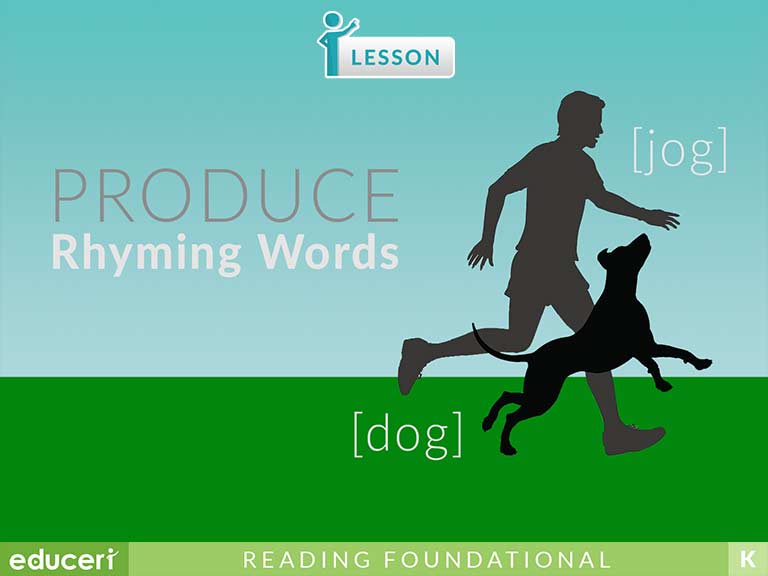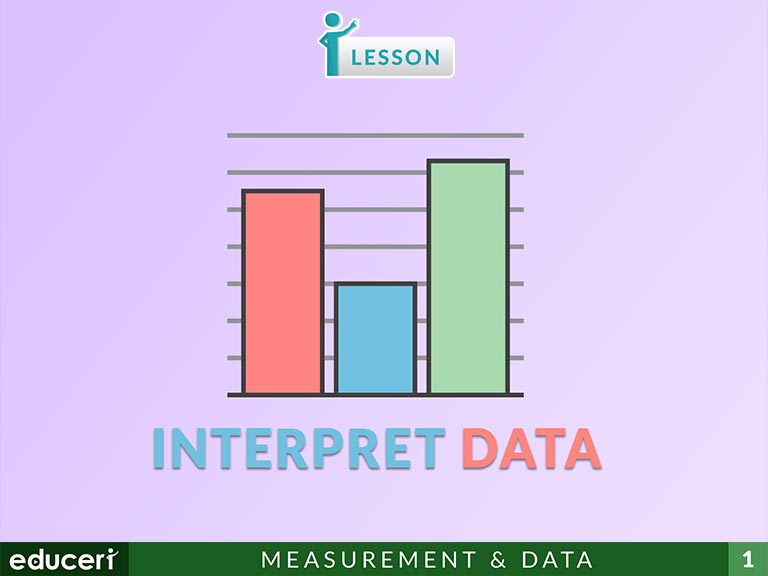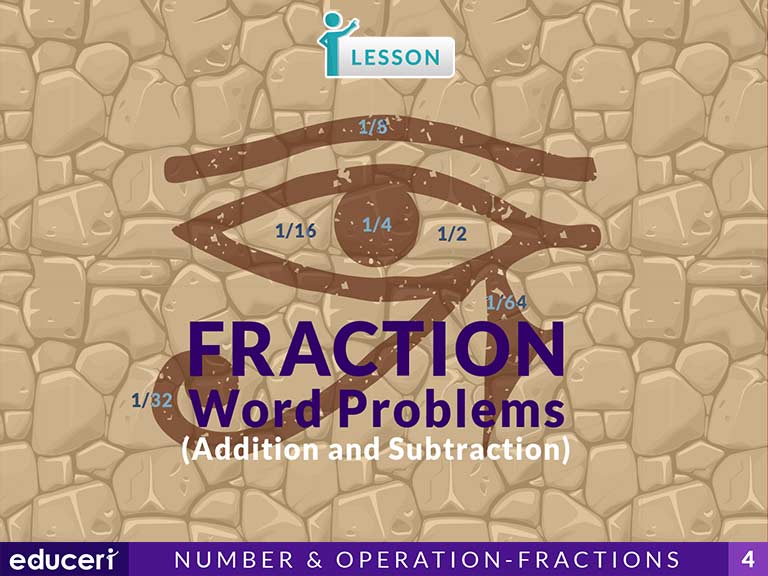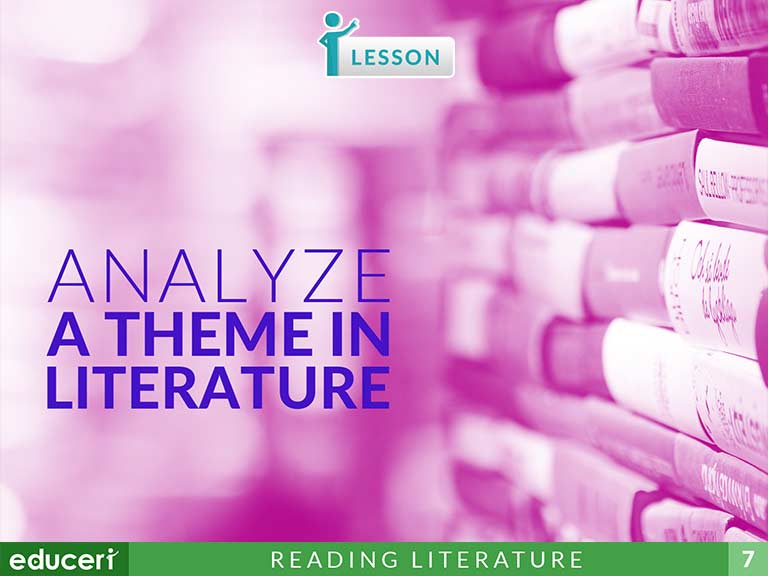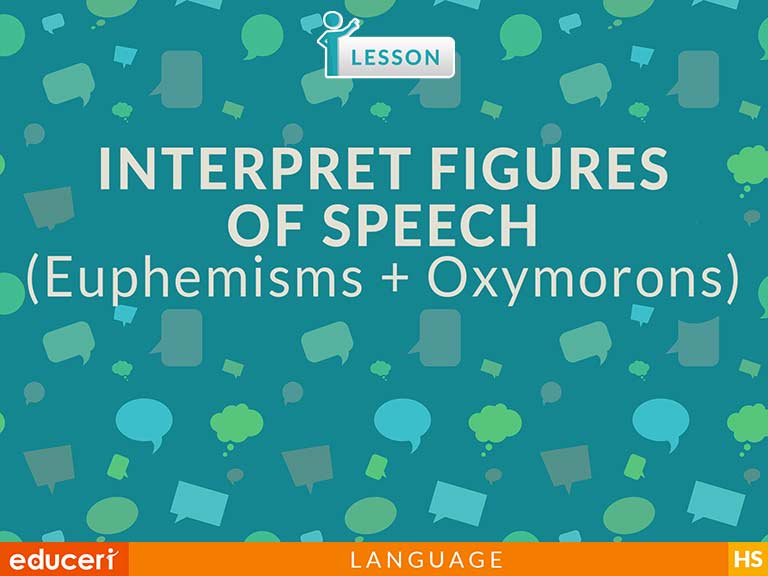Special Program: Mt. Vernon City School District
Mt. Vernon City School District
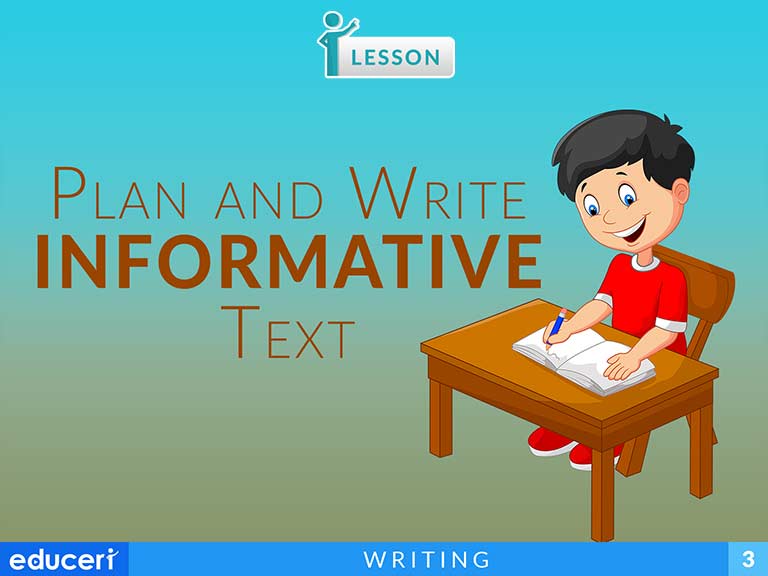
Plan and Write Informative Text
W.3.2 Write informative/explanatory texts to examine a topic and convey ideas and information clearly.
W.3.2.AW.3.2.A Introduce a topic and group related information together; include illustrations when useful to aiding comprehension.
W.3.2.BW.3.2.B Develop the topic with facts, definitions, and details.
W.3.2.CW.3.2.C Use linking words and phrases (e.g., also, another, and, more, but) to connect ideas within categories of information.
W.3.2.DW.3.2.D Provide a concluding statement or section.
This writing lesson helps students practice writing informative text. In this lesson, students will read given research notes on a topic, then develop a topic sentence, supporting detail sentences, and a concluding sentence using a graphic organizer. (Also aligns with standard 3.W.7.)
Share This Lesson
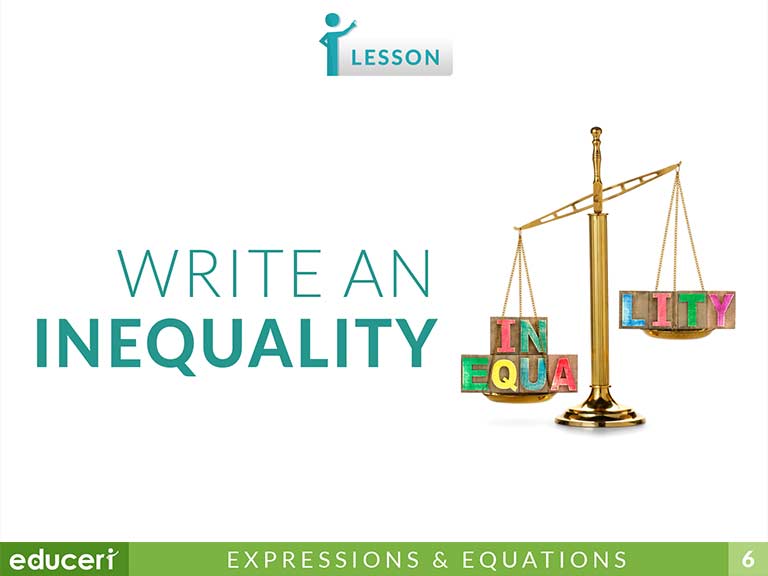
Write an Inequality
(Y10) Solve linear inequalities and graph their solutions on a number line (ACMNA236)
6.NS.7.B Write, interpret, and explain statements of order for rational numbers in real-world contexts. For example, write -3 oC > -7 oC to express the fact that -3 oC is warmer than -7 oC.
6.EE.86.EE.8 Write an inequality of the form x > c or x < c to represent a constraint or condition in a real-world or mathematical problem. Recognize that inequalities of the form x > c or x < c have infinitely many solutions; represent solutions of such inequalities on number line diagrams.
Share This Lesson
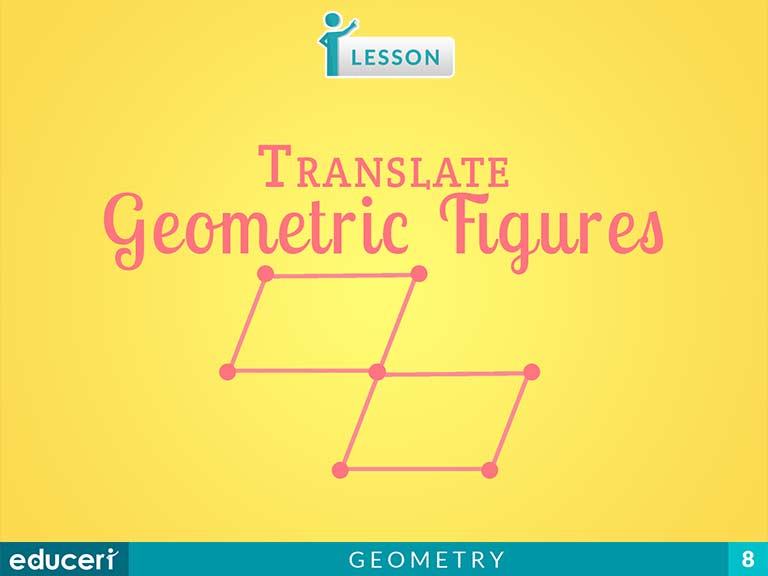
Translate Geometric Figures
8.G.1 Verify experimentally the properties of rotations, reflections, and translations:
8.G.1.A8.G.1.A Lines are taken to lines, and line segments to line segments of the same length.
8.G.1.B8.G.1.B Angles are taken to angles of the same measure.
8.G.1.C8.G.1.C Parallel lines are taken to parallel lines.
This geometry lesson teaches students how to translate geometric figures. The lesson includes research-based strategies and strategic questions that prepare students for assessments. In this lesson, students will translate geometric figures. Students will also verify the properties of translated figures. This lesson can be used with rulers and protractors or with geometric software.
